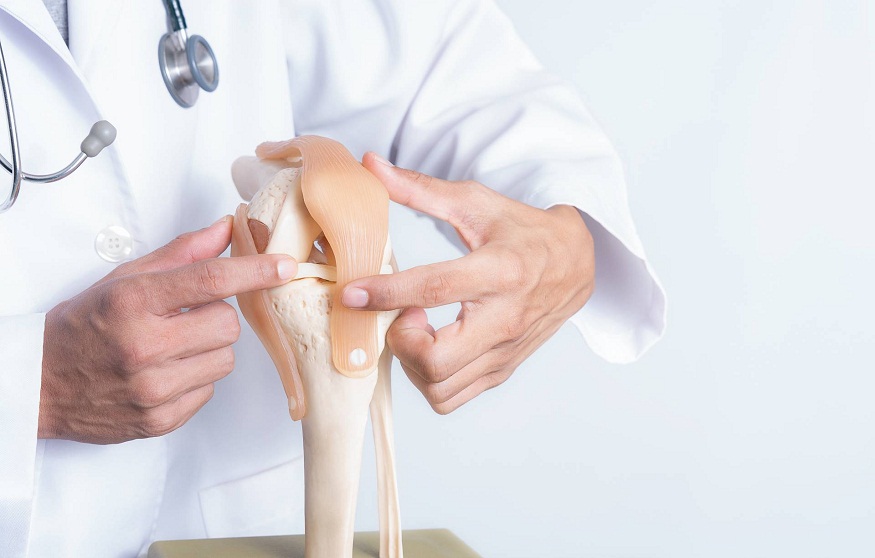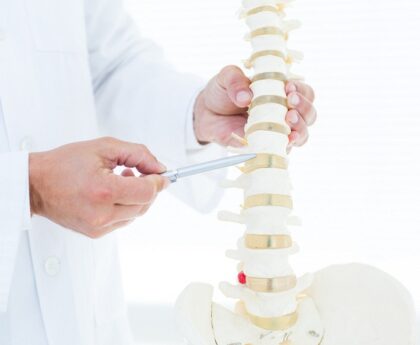Welcome. We are delving into orthopedic surgery today. Specifically, we focus on a common condition – hip dysplasia. We’ll explore how surgery can effectively solve this painful problem. We’ll also touch on other procedures such as shoulder replacement West Orange. Arming ourselves with information is the first step towards understanding, and eventually, healing. Let’s dive in.
Understanding Hip Dysplasia
Hip dysplasia can be a painful condition. It happens when the socket of the hip joint doesn’t fully cover the ball part of the upper thigh bone. This lack of coverage leads to instability or even dislocation. It may be present at birth, or develop in the course of our life.
How Orthopedic Surgery Helps
Orthopedic surgery can be a solution. It corrects the alignment of the hip joint. It provides stability, reduces pain, and increases mobility. It can also prevent or slow the development of arthritis. The surgery may involve the realignment of the hip joint, or in severe cases, a hip replacement.
Comparing Hip Dysplasia and Shoulder Dysplasia
While hip dysplasia is common, we also find dysplasia in other joints. For example, shoulder dysplasia can occur. It’s less common but still worth noting. The treatment options for shoulder dysplasia may differ from those for hip dysplasia.
| HIP DYSPLASIA | SHOULDER DYSPLASIA | |
| Prevalence | Common | Less common |
| Treatment | Orthopedic surgery | Surgery, physiotherapy |
| Follow Up Care | Rehabilitation, physiotherapy | Rehabilitation, physiotherapy |
Moving Forward
Getting the right treatment for hip dysplasia is crucial. It can transform lives – reducing pain, increasing mobility, and improving quality of life. The first step is understanding. The next is action.
Orthopedic surgery has its place in treating hip dysplasia. It is a viable and often necessary option. It serves as a reminder that medical advancements do not stand still. They constantly move forward, providing us with newer, better ways to heal.





